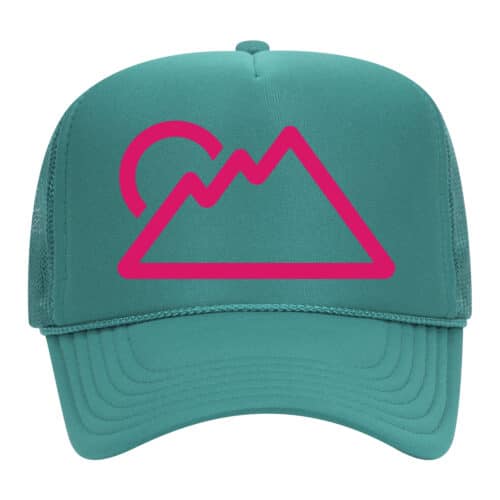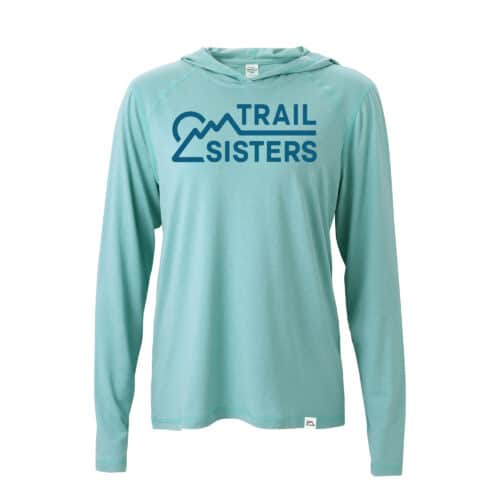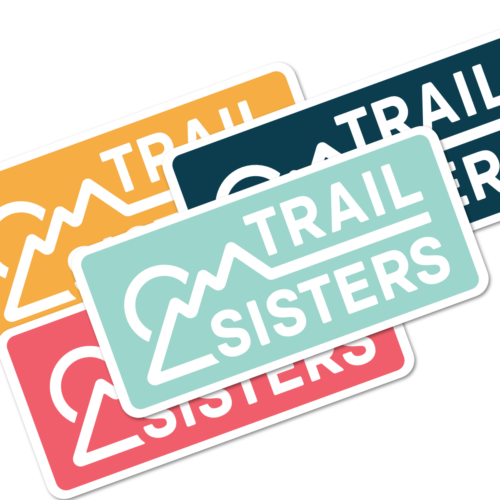Main Menu
Homepage / Words from the Wild / Backcountry Itinerary Building 101
Backcountry Itinerary Building 101

Heather Anderson is a National Geographic Adventurer of the Year, three-time Triple Crown thru-hiker, and professional speaker whose mission is to inspire others to “Dream Big, Be Courageous.” She is also the author of two hiking memoirs Thirst: 2600 Miles to Home and Mud, Rocks, Blazes: Letting Go on the Appalachian Trail and a preparatory guide to long-distance hiking Adventure Ready. Find her on Instagram @_WordsFromTheWild_ or her website wordsfromthewild.net
Share This Article!
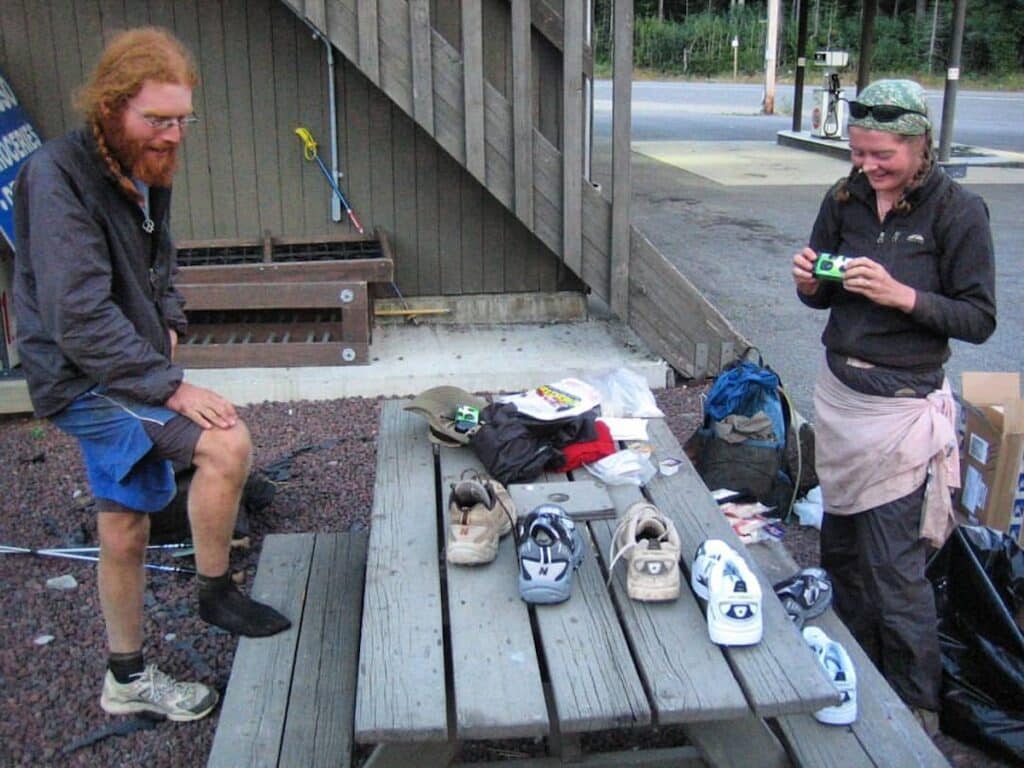

By: Heather Anderson
Building your backcountry itinerary is a multi-step process with a lot of logistics, but breaking it down into four categories helps make the planning more manageable. These categories are: sleep, eat, travel, walk. I recommend creating a spreadsheet for tracking all of this information with a different sheet for each category. This keeps everything organized and makes any calculations needed easier to do and automatically adjustable when one variable changes.
Here is a general idea of what is included in each category:
- Sleep: this includes projected campsites, overnight permits, and camping rules and regulations (i.e. food storage) etc.
- Eat: this includes your calories per day, the actual food you will eat, where you will obtain it, and how you will get to it.
- Travel: this includes your overall trip or trail permits, plane and/or bus tickets (and any other transportation needed to the start and finish such as shuttles), lodging before the hike, and possibly lodging on trail and after the hike if the trip is short.
- Walk: this includes your daily mileage itinerary and takes into account the terrain, elevation, and other technical aspects of the hiking itself.
Once you know what trail you want to hike, I suggest you start with the walk category. Working out how far you can reasonably hike each day, including days off on longer trips, will give you the framework for mapping out the rest of your journey. Resist the urge to simply take the total and divide by a number. Look at the challenge level of each region and estimate your mileage for that type of terrain. If it is a long (multi-week or month) journey, you will likely do less miles per day in the beginning than later on in the trek, even if the terrain is easier. Failure to allow for this variation as well as rest days is a big reason people fall off their anticipated itinerary rather quickly.
Now that you know how many days you will need to complete your hike, you can move to the travel category. Determine what permits you may need (such as a PCT permit) and how to obtain one. Once you have that, then you can request time off from work, book your flights, and arrange for any other travel logistics. Some of these steps will be dependent on other steps so make sure you investigate the process for each step before diving in. For instance, a PCT permit is extremely challenging to obtain! Don’t quit your job until you know you’ve got what you need to do the hike.
Once you have the framework of the hike set, refer back to your detailed itinerary from your walk planning. Determine potential campsites, towns to resupply in (if necessary) and what permits you might need for overnight camping. If your trip is completely within a national park or other very restricted land management area, you may need to obtain these permits in the beginning before you book travel and base your time off around what is available.
Now that you know how far you are walking, when your hiking, and what towns are along the way you can begin to build out your resupply strategy. This is when you will determine where to mail, cache, or purchase supplies. Depending on your own personal dietary requirements (special diet, healthy vs. junk food reliant, etc.) you may lean more toward one type of resupply than the other. This is why it is important to analyze what options are available to you and at what intervals.
For a more detailed examination of trip planning as well as how to take this information into account when selecting gear, check out my book (co-authored with Katie Gerber) Adventure Ready: A Hiker’s Guide to Planning, Training, and Resiliency.
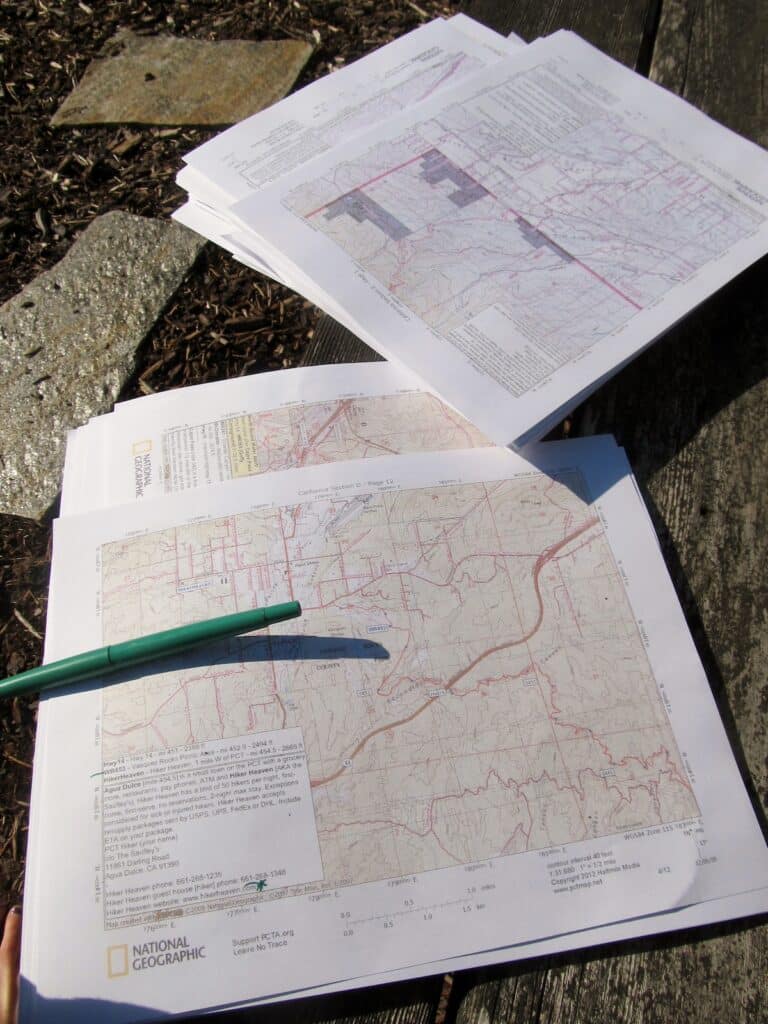

About the Author

Heather Anderson is a National Geographic Adventurer of the Year, three-time Triple Crown thru-hiker, and professional speaker whose mission is to inspire others to “Dream Big, Be Courageous.” She is also the author of two hiking memoirs Thirst: 2600 Miles to Home and Mud, Rocks, Blazes: Letting Go on the Appalachian Trail and a preparatory guide to long-distance hiking Adventure Ready. Find her on Instagram @_WordsFromTheWild_ or her website wordsfromthewild.net
Share This Article!
















